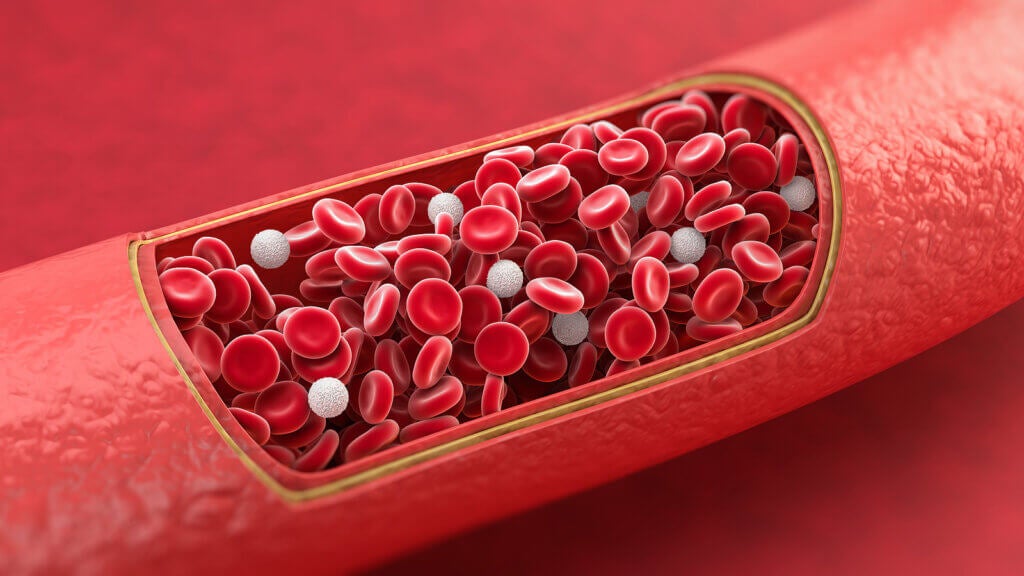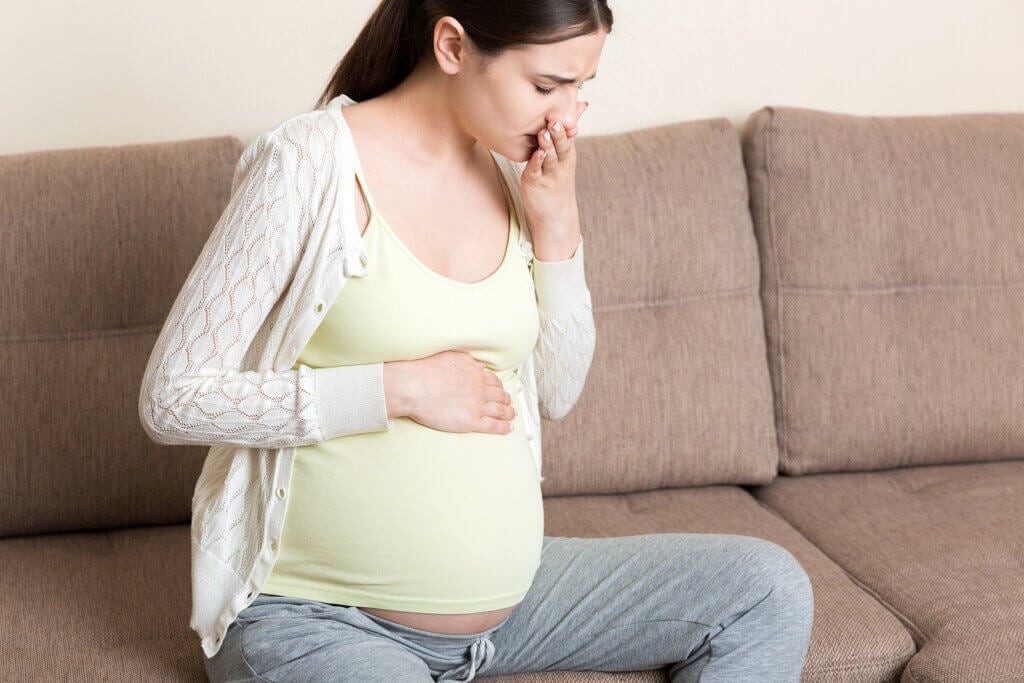Osteoarthritis: Everything You Need to Know

To understand a little more about osteoarthritis, we must first be clear on what a joint is. Joints are the components of the skeleton that allow us movement and, therefore, our functional autonomy.
They are formed by the union of two bones through the joint capsule. Inside them, there is generally a fluid called synovial fluid that is produced by the synovial membrane. The bony ends that come together to form the joint are lined by articular cartilage.
What is osteoarthritis?
Osteoarthritis is a degenerative joint disease characterized by a progressive deterioration of the hyaline cartilage or articular cartilage, which can be accompanied by both synovial and bone alterations.
Osteoarthritis is a disease that can affect all joints in the body, including those of the spine. We can classify it, according to its extension, as localized or generalized. According to its origin, it can be classified as primary or idiopathic, secondary, or associated with various diseases.
What is articular cartilage?
Articular cartilage is a type of tissue in the joint, made up of cells called chondrocytes. This cartilage is responsible for covering the articular surfaces at the ends of the bone. Among its functions, it allows the sliding of the articular surfaces and acts as a shock absorber against the forces that are produced in the joint.
Why does osteoarthritis occur?
There’s no definitive cause of this disease. However, research suggests that certain factors increase the risk of this disease. Among them, we can name:
- Obesity
- Certain occupations and work activities.
- Genetic factors: some have been related to some specific types of osteoarthritis, especially that of the hands.
- The person’s race.
- Excessive physical exercise.
- Age is a factor that can favor the appearance of osteoarthritis.
- Sex: in women it’s more frequent, especially after menopause and in relation to hormonal change and low bone mineral density.
- In addition to hormonal factors, there are also diseases which can favor the development of osteoarthritis, such as diabetes or hypothyroidism.
- Joint fractures and injuries favor the appearance of osteoarthritis, as well as the existence of irregularities in the skeleton, such as dysplasias or dysmetria.

What are its symptoms?
In this pathology, we can find cardinal clinical manifestations, which are characterized by:
- Joint pain
- Limitation of movements
- Cracks
- Occasionally, varying degrees of swelling or even synovial effusion
Other signs and symptoms that may occur are joint deformity and misalignment, instability, and stiffness. Among the joints that can frequently be affected are:
- Knees
- Hands
- Hips
- Small joints of the neck
It doesn’t usually affect the shoulders, elbows, or ankles, except in cases of osteoarthritis caused by trauma or other diseases.
The main symptom is chronic pain with movement problems that worsen with activity, especially at the beginning of it, and which improves with rest. The characteristic pain of osteoarthritis appears during the day, when starting movement or activity. It later improves and then reappears with intense exercise.
The growth of the bone ends that make up the joint can cause the joint to enlarge, widen, and deform. Osteoarthritis doesn’t usually alter the alignment of the bones that make up the joint, with two notable exceptions: the knee and the finger joints.
Some people affected by this pathology may suffer episodes of swelling and effusion in the joints, with accumulation of fluid in them.
How is it diagnosed?
To make the diagnosis of osteoarthritis, first of all, the symptoms explained by the patient must be taken into account, such as:
- Pain
- Stiffness
- Deformity
- Loss of functionality
You may be interested in: Can the Brain Feel Pain?
Blood and urine tests are not altered by this disease. Sometimes fluid can be removed from the affected joints and tested. This is helpful in relieving pain and investigating the presence of other diseases in the joint.
X-rays of the joints help confirm the diagnosis, report the intensity of the damage, and rule out other injuries. If complications develop, other imaging tests may be done, such as a CT scan, MRI, or other scan.
How to treat osteoarthritis?
Treatment for osteoarthritis will mainly be based on:
- Joint pain relief
- Maintaining your functional capacity
To do this, various alternatives are available, including physical treatment, medications, and sometimes surgery.
Physical treatment
Physical measures are a series of procedures that are focused on improving symptoms and being able to perform work, domestic and personal care tasks. For example, regular aerobic exercise (swimming, walking) helps control the condition.
You can perform a series of physical exercises aimed at improving joint mobility and increasing muscle strength. Other measures that can be carried out are the use of heat and cold on the affected joint, in addition to the use of splints and orthopedic systems that help reduce the overload of an arthritic joint.
Eliminating or reducing obesity is particularly useful and necessary in knee osteoarthritis, for example. It can also decrease pain in other bearing joints, such as the hip and lumbar spine. To achieve a weight reduction, you should eat a healthy diet based on reducing calories and increasing physical exercise.
Pharmacological measures

Maintaining a symptomatic treatment in cases of osteoarthritis, requires effective, safe, and easy-t0-take medications. The response of each patient to anti-inflammatory drugs is variable. In some occasions, alterations of the digestive tract can occur with the excessive use of these medications.
There’s a new generation of anti-inflammatory drugs, with more specific and selective action on pain and inflammation, respecting the integrity of the digestive tract and helping to prevent or reduce any effects.
Read more here: What Is Codeine?
Pain relievers and non-steroidal anti-inflammatory drugs are usually given orally. There are other routes of administration, including the topical route, that is, on the skin that covers the joint, in the form of ointments, creams, nebulizers, or sprays.
Infiltrations of cortisone derivatives or hyaluronic acid into joints with osteoarthritis can sometimes be necessary for treatment. Glucosamine sulfate is also a drug that could act as a nutrient for articular cartilage, alleviating symptoms.
Surgical measures
In some patients with advanced and disabling osteoarthritis, surgery may be necessary to reduce pain and regain as much function as possible in the joint. Some interventions can be carried out to clean and wash the joint, removing adhesions and foreign bodies.
One type of surgery – an osteotomy – allows you to realign and place the joint in the correct position by cutting wedges of bone. It’s applied, above all, to the knee. Arthroplasty consists of totally or partially replacing the diseased areas of the joint, using artificial prostheses.
Forecast
Osteoarthritis is a chronic, long-lasting disease. There’s no curative treatment for it. However, as with other chronic conditions, the symptoms caused by osteoarthritis can be alleviated and attenuated, allowing the patient to suffer from it as little as possible.
To understand a little more about osteoarthritis, we must first be clear on what a joint is. Joints are the components of the skeleton that allow us movement and, therefore, our functional autonomy.
They are formed by the union of two bones through the joint capsule. Inside them, there is generally a fluid called synovial fluid that is produced by the synovial membrane. The bony ends that come together to form the joint are lined by articular cartilage.
What is osteoarthritis?
Osteoarthritis is a degenerative joint disease characterized by a progressive deterioration of the hyaline cartilage or articular cartilage, which can be accompanied by both synovial and bone alterations.
Osteoarthritis is a disease that can affect all joints in the body, including those of the spine. We can classify it, according to its extension, as localized or generalized. According to its origin, it can be classified as primary or idiopathic, secondary, or associated with various diseases.
What is articular cartilage?
Articular cartilage is a type of tissue in the joint, made up of cells called chondrocytes. This cartilage is responsible for covering the articular surfaces at the ends of the bone. Among its functions, it allows the sliding of the articular surfaces and acts as a shock absorber against the forces that are produced in the joint.
Why does osteoarthritis occur?
There’s no definitive cause of this disease. However, research suggests that certain factors increase the risk of this disease. Among them, we can name:
- Obesity
- Certain occupations and work activities.
- Genetic factors: some have been related to some specific types of osteoarthritis, especially that of the hands.
- The person’s race.
- Excessive physical exercise.
- Age is a factor that can favor the appearance of osteoarthritis.
- Sex: in women it’s more frequent, especially after menopause and in relation to hormonal change and low bone mineral density.
- In addition to hormonal factors, there are also diseases which can favor the development of osteoarthritis, such as diabetes or hypothyroidism.
- Joint fractures and injuries favor the appearance of osteoarthritis, as well as the existence of irregularities in the skeleton, such as dysplasias or dysmetria.

What are its symptoms?
In this pathology, we can find cardinal clinical manifestations, which are characterized by:
- Joint pain
- Limitation of movements
- Cracks
- Occasionally, varying degrees of swelling or even synovial effusion
Other signs and symptoms that may occur are joint deformity and misalignment, instability, and stiffness. Among the joints that can frequently be affected are:
- Knees
- Hands
- Hips
- Small joints of the neck
It doesn’t usually affect the shoulders, elbows, or ankles, except in cases of osteoarthritis caused by trauma or other diseases.
The main symptom is chronic pain with movement problems that worsen with activity, especially at the beginning of it, and which improves with rest. The characteristic pain of osteoarthritis appears during the day, when starting movement or activity. It later improves and then reappears with intense exercise.
The growth of the bone ends that make up the joint can cause the joint to enlarge, widen, and deform. Osteoarthritis doesn’t usually alter the alignment of the bones that make up the joint, with two notable exceptions: the knee and the finger joints.
Some people affected by this pathology may suffer episodes of swelling and effusion in the joints, with accumulation of fluid in them.
How is it diagnosed?
To make the diagnosis of osteoarthritis, first of all, the symptoms explained by the patient must be taken into account, such as:
- Pain
- Stiffness
- Deformity
- Loss of functionality
You may be interested in: Can the Brain Feel Pain?
Blood and urine tests are not altered by this disease. Sometimes fluid can be removed from the affected joints and tested. This is helpful in relieving pain and investigating the presence of other diseases in the joint.
X-rays of the joints help confirm the diagnosis, report the intensity of the damage, and rule out other injuries. If complications develop, other imaging tests may be done, such as a CT scan, MRI, or other scan.
How to treat osteoarthritis?
Treatment for osteoarthritis will mainly be based on:
- Joint pain relief
- Maintaining your functional capacity
To do this, various alternatives are available, including physical treatment, medications, and sometimes surgery.
Physical treatment
Physical measures are a series of procedures that are focused on improving symptoms and being able to perform work, domestic and personal care tasks. For example, regular aerobic exercise (swimming, walking) helps control the condition.
You can perform a series of physical exercises aimed at improving joint mobility and increasing muscle strength. Other measures that can be carried out are the use of heat and cold on the affected joint, in addition to the use of splints and orthopedic systems that help reduce the overload of an arthritic joint.
Eliminating or reducing obesity is particularly useful and necessary in knee osteoarthritis, for example. It can also decrease pain in other bearing joints, such as the hip and lumbar spine. To achieve a weight reduction, you should eat a healthy diet based on reducing calories and increasing physical exercise.
Pharmacological measures

Maintaining a symptomatic treatment in cases of osteoarthritis, requires effective, safe, and easy-t0-take medications. The response of each patient to anti-inflammatory drugs is variable. In some occasions, alterations of the digestive tract can occur with the excessive use of these medications.
There’s a new generation of anti-inflammatory drugs, with more specific and selective action on pain and inflammation, respecting the integrity of the digestive tract and helping to prevent or reduce any effects.
Read more here: What Is Codeine?
Pain relievers and non-steroidal anti-inflammatory drugs are usually given orally. There are other routes of administration, including the topical route, that is, on the skin that covers the joint, in the form of ointments, creams, nebulizers, or sprays.
Infiltrations of cortisone derivatives or hyaluronic acid into joints with osteoarthritis can sometimes be necessary for treatment. Glucosamine sulfate is also a drug that could act as a nutrient for articular cartilage, alleviating symptoms.
Surgical measures
In some patients with advanced and disabling osteoarthritis, surgery may be necessary to reduce pain and regain as much function as possible in the joint. Some interventions can be carried out to clean and wash the joint, removing adhesions and foreign bodies.
One type of surgery – an osteotomy – allows you to realign and place the joint in the correct position by cutting wedges of bone. It’s applied, above all, to the knee. Arthroplasty consists of totally or partially replacing the diseased areas of the joint, using artificial prostheses.
Forecast
Osteoarthritis is a chronic, long-lasting disease. There’s no curative treatment for it. However, as with other chronic conditions, the symptoms caused by osteoarthritis can be alleviated and attenuated, allowing the patient to suffer from it as little as possible.
- Hernández-Díaz, C., van Schoor, N., & Khalil, A. A. F. (2017). Osteoarthritis. In Comorbidity in Rheumatic Diseases. https://doi.org/10.1007/978-3-319-59963-2_9
- Madry, H., Kon, E., Condello, V., Peretti, G. M., Steinwachs, M., Seil, R., … Angele, P. (2016). Early osteoarthritis of the knee. Knee Surgery, Sports Traumatology, Arthroscopy. https://doi.org/10.1007/s00167-016-4068-3
- Kapoor, M. (2015). Pathogenesis of osteoarthritis. In Osteoarthritis: Pathogenesis, Diagnosis, Available Treatments, Drug Safety, Regenerative and Precision Medicine. https://doi.org/10.1007/978-3-319-19560-5_1
- Johnson, V. L., & Hunter, D. J. (2014). The epidemiology of osteoarthritis. Best Practice and Research: Clinical Rheumatology. https://doi.org/10.1016/j.berh.2014.01.004
Este texto se ofrece únicamente con propósitos informativos y no reemplaza la consulta con un profesional. Ante dudas, consulta a tu especialista.







